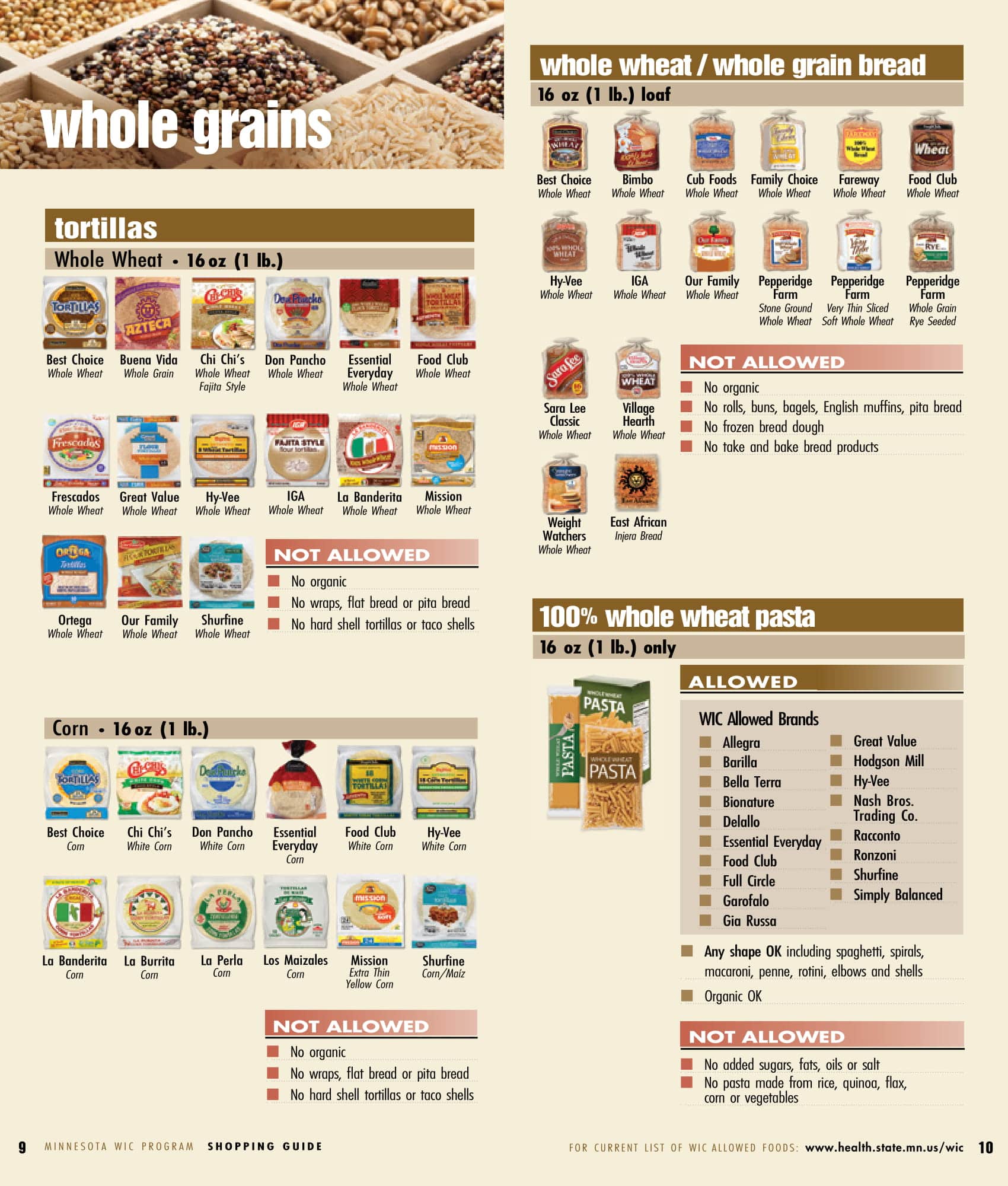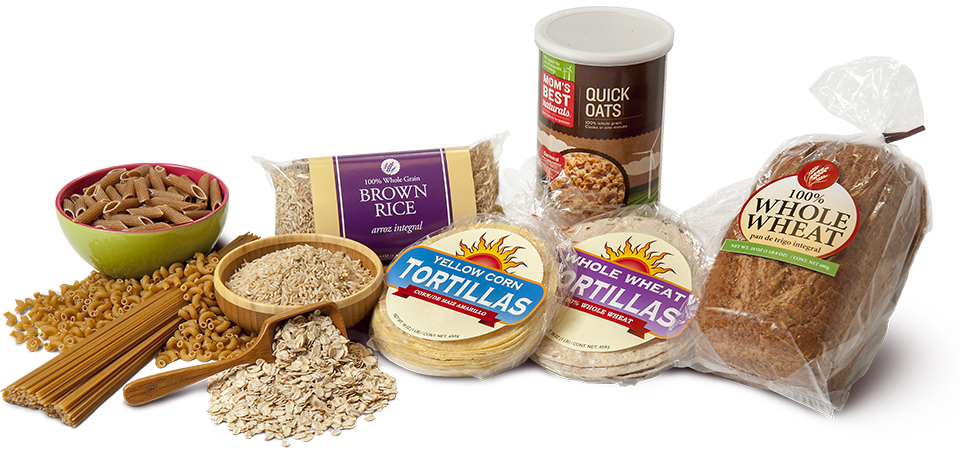

Q: What can other WIC staffers do to encourage Hispanic people to eat more whole grains or integrate more whole grains within their traditional diet?Ī: We must do the same thing as we do with breastfeeding and fruits and vegetables. Then I transferred to the Anthony office as a supervisor. Then I went to Las Cruces clinic here in New Mexico as a nutritionist. I started as a nutritionist in Texas in El Paso, Texas.

I've been working at WIC for about seven years. Q: Tell me your name, title, and a bit about your work with WIC.Ī: My name is Aldo Valles and I'm a WIC supervisor for the Anthony New Mexico clinic. In honor of Hispanic Heritage Month, we sat down with Aldo Valles, a WIC supervisor at the Anthony New Mexico clinic, to discuss his experience with him about the intersection of whole grain consumption within the Hispanic community he serves. These steps would boost overall whole grain consumption, which is especially critical for closing the widest disparities faced by Hispanic and Latino families. In 2017, independent experts with the National Academies of Sciences, Engineering, and Medicine (NASEM) recommended stronger whole grain standards throughout the WIC food package, ensuring increased whole grain intake through breads, cereals, and other grains. Hispanic Heritage Month partially overlaps with Whole Grains Month, providing an opportunity to focus on one of the ways in which WIC helps close nutrition intake disparities. Through a combination of WIC’s diverse food package and individualized nutrition counseling, WIC is leading the way in helping parents make healthy choices and growing a healthier next generation. WIC serves 2.9 million Hispanic and Latino participants, and healthier WIC foods had a pronounced impact on these communities. As we celebrate Hispanic Heritage Month, NWA remains committed to ensuring that Hispanic and Latino parents are equipped with the resources and information to provide a healthy start to life for their children. This science-informed shift in WIC benefit issuance worked to close nutrition intake disparities that fuel chronic diet-related conditions like obesity and type-2 diabetes. The 2009 food package revisions were transformational, ensuring that millions of WIC families could purchase healthier foods like fruits, vegetables, and whole grains. WIC’s targeted nutrition intervention has proven to be one of the most effective tools to build nutrition security, especially for communities of color. This Hispanic Heritage Month, WIC Strengthens Efforts to Close Nutrition Disparities October 4, 2022


 0 kommentar(er)
0 kommentar(er)
